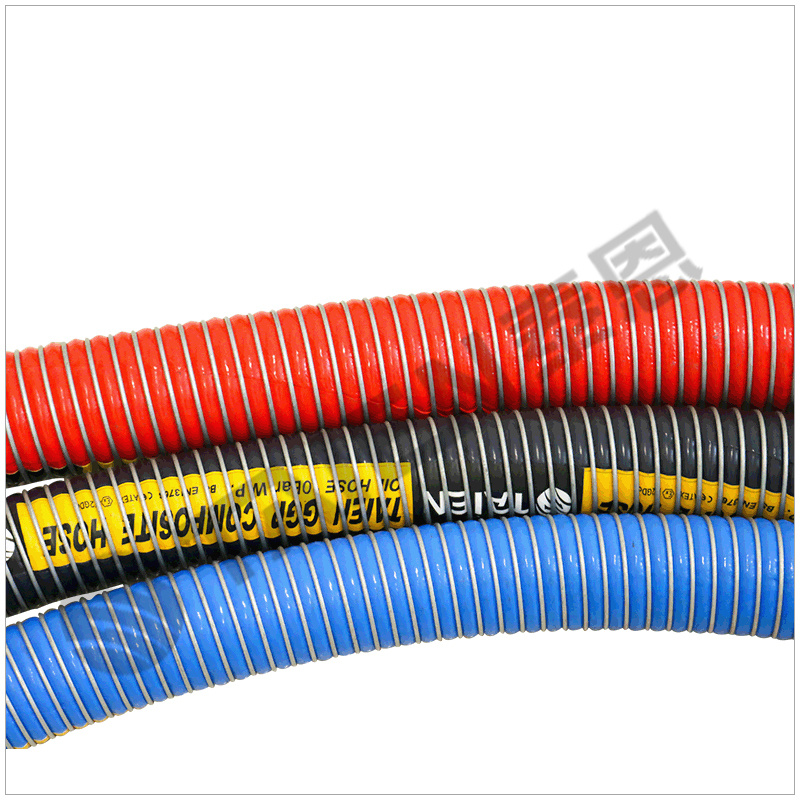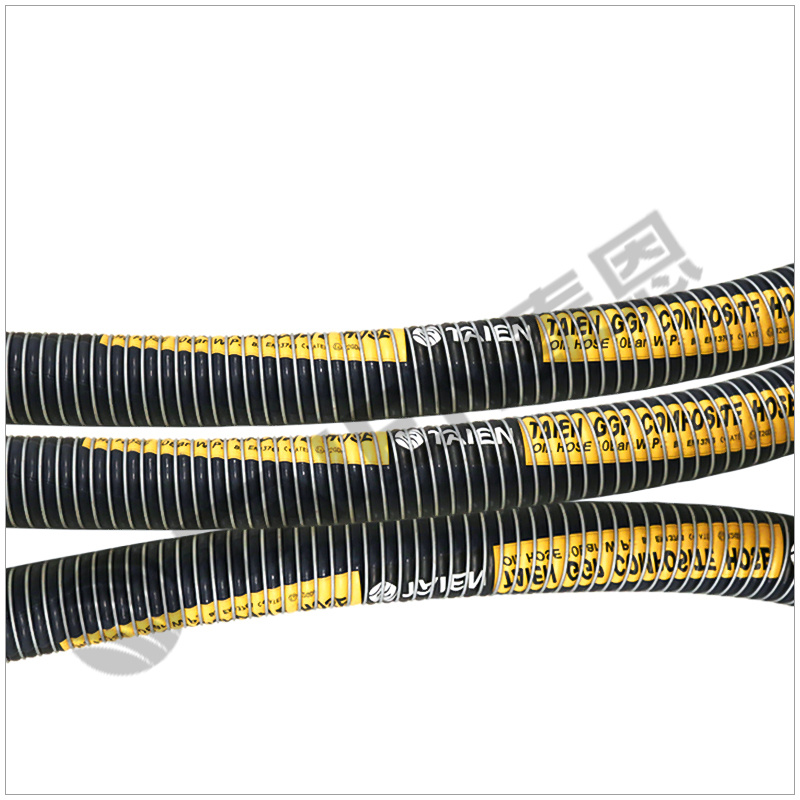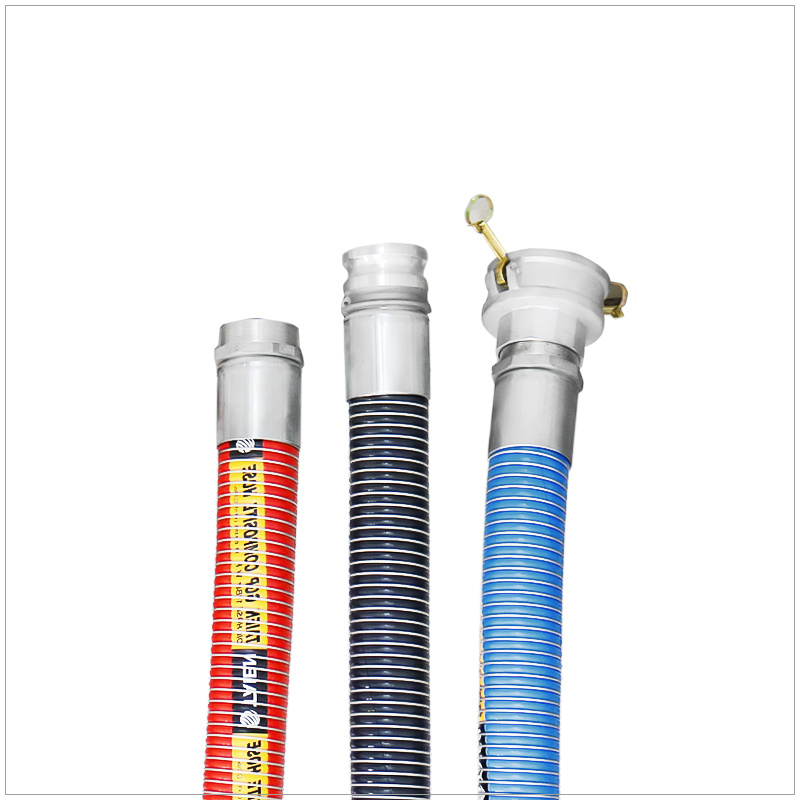How to Select the Right Connector for Oil Gas Recovery Applications: A Comprehensive Guide
Release time:
2025-06-07
Author:
Source:
Abstract
How to Select the Right Connector for Oil Gas Recovery Applications
Introduction to Connectors in Oil and Gas Recovery
In the oil and gas industry, connectors play a pivotal role in ensuring the safe and efficient transportation of fluids and gases. Selecting the right connector is essential for maintaining operational integrity, preventing leaks, and ensuring safety. With the variety of connector
How to Select the Right Connector for Oil Gas Recovery Applications
Introduction to Connectors in Oil and Gas Recovery
In the oil and gas industry, connectors play a pivotal role in ensuring the safe and efficient transportation of fluids and gases. Selecting the right connector is essential for maintaining operational integrity, preventing leaks, and ensuring safety. With the variety of connectors available on the market, each designed for specific applications, understanding the key factors for selection becomes crucial.
Importance of Choosing the Right Connector
Choosing the appropriate connector is vital for several reasons:
1. **Safety**: The wrong connection can lead to catastrophic failures and hazardous leaks, endangering both personnel and the environment.
2. **Efficiency**: Proper connectors ensure that systems operate smoothly, reducing downtime and maintenance costs.
3. **Compatibility**: Different materials and designs affect compatibility with fluids, pressures, and temperatures.
Types of Connectors Used in Oil and Gas Recovery
Flanged Connectors
Flanged connectors are commonly used in high-pressure applications. They consist of two flanges that are bolted together, providing a robust seal. These connectors are ideal for pipelines that require frequent maintenance, as they can be easily disassembled.
Threaded Connectors
Threaded connectors, or pipe fittings, are another popular choice in oil and gas applications. They create a tight seal through threaded connections, making them suitable for lower pressure systems.
Quick-Disconnect Connectors
Designed for ease of use, quick-disconnect connectors allow for fast and efficient connections and disconnections. They are particularly useful in situations where hoses and lines need to be changed frequently.
Welded Connectors
Welded connectors are permanently attached to pipes and can withstand extreme pressure and temperatures. They are less versatile than other types but provide a strong, leak-proof connection.
Cam and Groove Connectors
Cam and groove connectors are known for their simplicity and ease of use. They provide a secure connection without the need for tools, making them ideal for transferring fluids quickly.
Key Factors to Consider When Selecting Connectors
Material Compatibility
Choosing the right material for connectors is essential to prevent corrosion and ensure longevity:
1. **Stainless Steel**: Excellent corrosion resistance, making it suitable for harsh environments.
2. **Brass**: Provides good durability and is generally more affordable, though it may corrode in certain conditions.
3. **Plastic**: Used in low-pressure applications, offering lightweight and corrosion-resistant options.
Pressure and Temperature Ratings
Each connector has specific pressure and temperature ratings. It’s critical to match these ratings with the operational conditions of your application:
- **High-Pressure Applications**: Require connectors that can handle significant stress without failure.
- **Temperature Extremes**: Ensure the connector material can withstand both high and low temperature conditions.
Connection Type
Understanding the type of connection required for your application is crucial:
1. **Permanent Connections**: Such as welded connectors, are suitable for fixed installations.
2. **Temporary Connections**: Like quick-disconnect types, are ideal for applications needing regular change-outs.
Fluid Type and Flow Rate Considerations
The type of fluid being transferred significantly impacts connector selection. Factors to evaluate include:
- **Viscosity**: Thicker fluids may require larger diameter connectors.
- **Corrosive Properties**: Certain chemicals necessitate specialized materials to prevent degradation.
Best Practices for Selecting Connectors
Conduct a Thorough Needs Analysis
Before selecting a connector, conduct an extensive analysis of your operational needs, including fluid types, pressures, and environmental conditions. Document these requirements comprehensively to guide your selection.
Consult with Experts
Engaging with manufacturers or distributors can provide insights into the latest technologies and materials. Their expertise can help identify the most suitable connectors for your specific applications.
Consider Future Maintenance Needs
Evaluate how often connectors will need to be replaced or serviced. Opt for designs that facilitate easy access and maintenance to reduce downtime.
Testing and Validation
After selecting a connector, conduct thorough testing to validate performance under operational conditions. This step is crucial to ensure safety and efficacy.
Common Mistakes to Avoid in Connector Selection
Overlooking Environmental Conditions
Failing to consider the environmental factors, such as temperature fluctuations and exposure to chemicals, can lead to connector failure.
Underestimating Pressure Ratings
Using connectors rated for lower pressures than required can result in catastrophic failures. Always match or exceed the pressure ratings needed for your application.
Ignoring Manufacturer Guidelines
Each connector comes with manufacturer specifications that should not be disregarded. Following these guidelines ensures optimal performance and safety.
FAQs on Selecting Connectors for Oil and Gas Recovery Applications
What is the best material for connectors in oil and gas applications?
The best material typically depends on the specific application, but stainless steel is often preferred for its corrosion resistance and strength.
How can I determine the right pressure rating for my connector?
The right pressure rating can be determined by understanding the maximum pressure your system will encounter and selecting connectors that meet or exceed this rating.
Are quick-disconnect connectors reliable for high-pressure applications?
While quick-disconnect connectors offer convenience, they are generally not recommended for high-pressure applications due to potential leakage issues.
What maintenance is required for connectors in oil and gas systems?
Regular inspections and cleaning are essential. Check for signs of wear or corrosion, and replace connectors that show signs of deterioration.
Can I use the same connector for different types of fluids?
Not all connectors are compatible with every type of fluid. It’s crucial to select connectors that are specifically designed for the fluids in your system to prevent degradation and leaks.
Conclusion
Selecting the right connector for oil and gas recovery applications is a multifaceted process that requires careful consideration of materials, pressure ratings, environmental conditions, and specific application needs. By conducting thorough analyses, consulting with experts, and following established best practices, you can ensure the integrity and safety of your operations. Choosing the right connector is not just about functionality; it’s about safeguarding your resources, personnel, and the environment. This comprehensive guide serves as a framework for making informed decisions in your connector selection process.
Recommended Reading














